Your cart is currently empty!

The Course of Empire: Destruction – Thomas Cole
This oil painting reproduction of “The Course of Empire: Destruction” by Thomas Cole is a stunning masterpiece that will bring a touch of artistic elegance to any space. Crafted with the highest quality materials and meticulous attention to detail, this reproduction captures the essence of the original painting with remarkable precision.
The craftsmanship of this piece is truly exceptional, wi…
The Rise and Fall of Empire: A Briefing on Thomas Cole’s Artistic Masterpiece
Overview
Thomas Cole, a pivotal figure in American art and the founder of the Hudson River School, created an iconic series titled The Course of Empire between 1833 and 1836. This remarkable five-canvas work, currently housed at the New-York Historical Society, serves as a profound visual narrative that encapsulates the cyclical nature of civilizations. Through his paintings, Cole draws compelling parallels to the rise and fall of Ancient Rome, offering a timeless commentary on human ambition and its consequences.
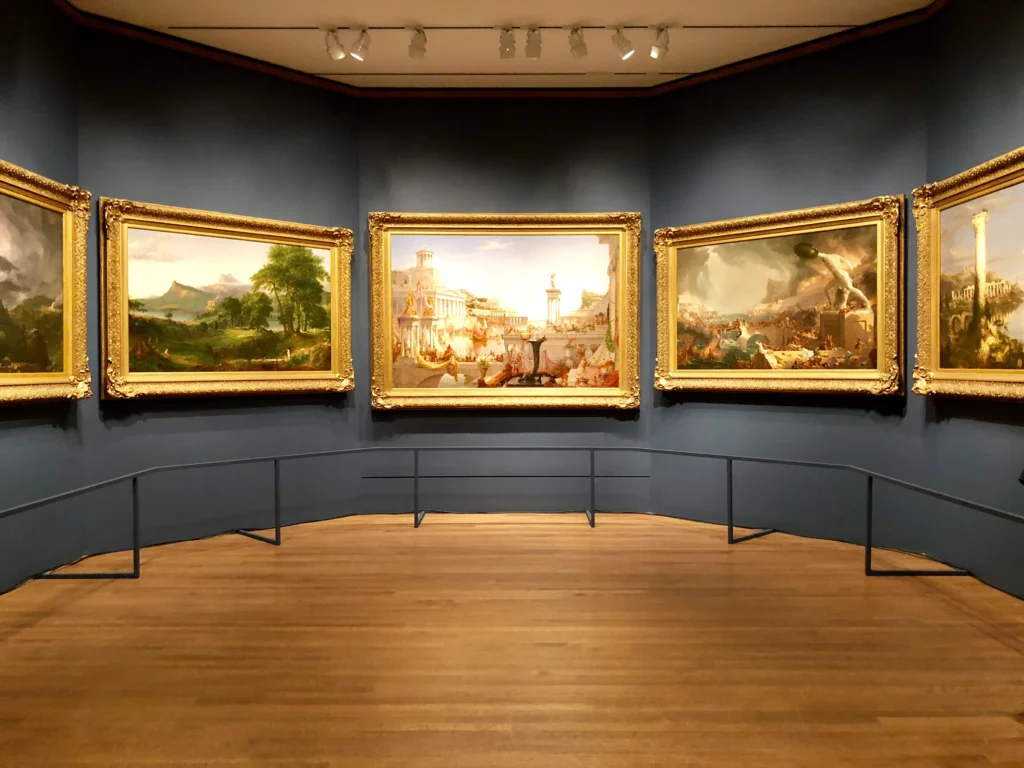
Cole’s series unfolds across five distinct stages, each portraying the same idyllic valley through various phases of development and decline:
- The Savage State (or The Commencement of Empire): The first painting presents a pristine wilderness, untouched by human development. A lone hunter, along with tipis and canoes, hints at the early signs of human presence. This stage represents the ideal state of the natural world, echoing the themes of pastoralism that were prevalent during Cole’s time, emphasizing the beauty and purity of nature before human intervention.
- The Arcadian or Pastoral State: In the second canvas, the valley flourishes with agriculture and emerging civilization. A temple and a growing village symbolize the harmonious coexistence of humanity and nature. However, Cole introduces ominous elements, such as a warship under construction and a child sketching a soldier, suggesting the inevitable rise of imperial ambitions that will disrupt this idyllic state.
- The Consummation of Empire: The valley transforms into a grand metropolis in the third painting, showcasing opulent architecture and a bustling harbor. A triumphant procession representing military victory and expansion dominates the scene. Yet, amidst the grandeur, Cole subtly imbues the composition with elements of decadence and internal discord, hinting at the empire’s impending decline despite its apparent prosperity.
- Destruction: The fourth canvas depicts the once-great city in ruins, engulfed in flames and chaos. The violence, looting, and societal collapse starkly contrast the previous stage’s vibrancy. A broken bridge symbolizes the fractured peace, while a headless statue of a hero serves as a poignant reminder of the uncertainty of the future.
- Desolation: In the final painting, nature reclaims the valley, enveloping the remnants of the fallen city. The desolate landscape, illuminated by a faint moonrise, powerfully conveys the transitory nature of human endeavors and the inevitability of history’s cyclical patterns.
Key Themes and Ideas
Cyclical Nature of History
Cole masterfully illustrates the cyclical rise and fall of civilizations, echoing historical narratives such as that of the Roman Empire. His paintings visually represent the progression from a primitive state to a sophisticated civilization, culminating in opulent decadence that ultimately leads to destruction. The series serves as a stark reminder of how empires rise on the backs of ambition and progress, only to succumb to their own excesses.
Pastoralism as an Ideal
The Course of Empire reflects the popular 19th-century American sentiment of pastoralism, which viewed the agricultural stage of civilization as an ideal state. In The Arcadian or Pastoral State, the emphasis on harmony with nature starkly contrasts with the subsequent stages marked by ambition and urban sprawl. Cole’s depiction of this pastoral ideal resonates deeply with viewers, inviting them to reflect on the relationship between humanity and the natural world.
Consequences of Empire
Cole offers a subtle critique of the pursuit of empire and its inherent pitfalls. While The Consummation of Empire showcases the allure of power and wealth, it simultaneously exposes the seeds of decay—moral decline, internal conflict, and unchecked ambition—that ultimately lead to the empire’s downfall. This theme resonates in contemporary discussions about the consequences of imperialism and the unsustainable nature of relentless ambition.
Immutability of Nature
A recurring motif throughout the series is the enduring presence of the crag and its prominent boulder, a silent observer to the unfolding drama of human history. This natural landmark remains constant amidst the changing fortunes of civilization, underscoring the transient nature of human endeavors in contrast to the permanence of the natural world. Cole’s portrayal of nature as an unyielding force serves as a powerful reminder of its indifference to human achievements and failures.
Notable Quotes
Cole’s insights into his work offer profound reflections on its themes. In his advertisement for the series, he quotes Lord Byron’s Childe Harold’s Pilgrimage: “First freedom and then Glory – when that fails, / Wealth, vice, corruption…” This quote encapsulates the series’ central message about the dangers of unchecked ambition and the cyclical nature of civilizations.
Regarding The Savage State, Cole observes, “In this picture, we have the first rudiments of society.” This statement highlights the painting’s significance as the starting point of civilization’s cyclical journey, showcasing humanity’s initial steps toward societal development.
When describing The Consummation of Empire, he notes, “In this scene is depicted the summit of human glory… As the triumphal fête would indicate, man has conquered man – nations have been subjugated.” This description reveals the painting’s depiction of both the achievements and the underlying darkness of an empire at its zenith, foreshadowing its inevitable descent into destruction.
Conclusion
Through his masterful brushstrokes and evocative imagery, Thomas Cole’s The Course of Empire offers a timeless reflection on the cyclical nature of civilizations, the seductive allure of power, and the potential consequences of unchecked ambition. His work continues to resonate with viewers, prompting contemplation on the trajectory of our own civilizations and the precarious balance between progress and sustainability.
As we stand on the brink of a rapidly changing world, Cole’s message serves as a poignant reminder of history’s lessons. The cyclical nature of empire, coupled with the enduring power of nature, invites us to reflect on our own aspirations and the choices we make as individuals and societies. Cole’s masterpiece is not just a historical narrative; it is a mirror reflecting the complexities of the human experience, urging us to tread carefully as we navigate the ever-shifting landscape of civilization.
Thomas Cole
Thomas Cole was a pioneering American painter known for founding the Hudson River School and for his evocative landscapes that explore the themes of nature, civilization, and the cyclical rise and fall of empires.
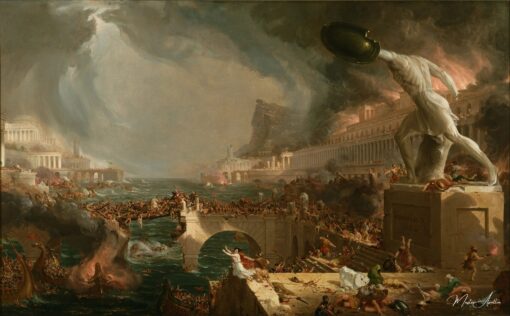
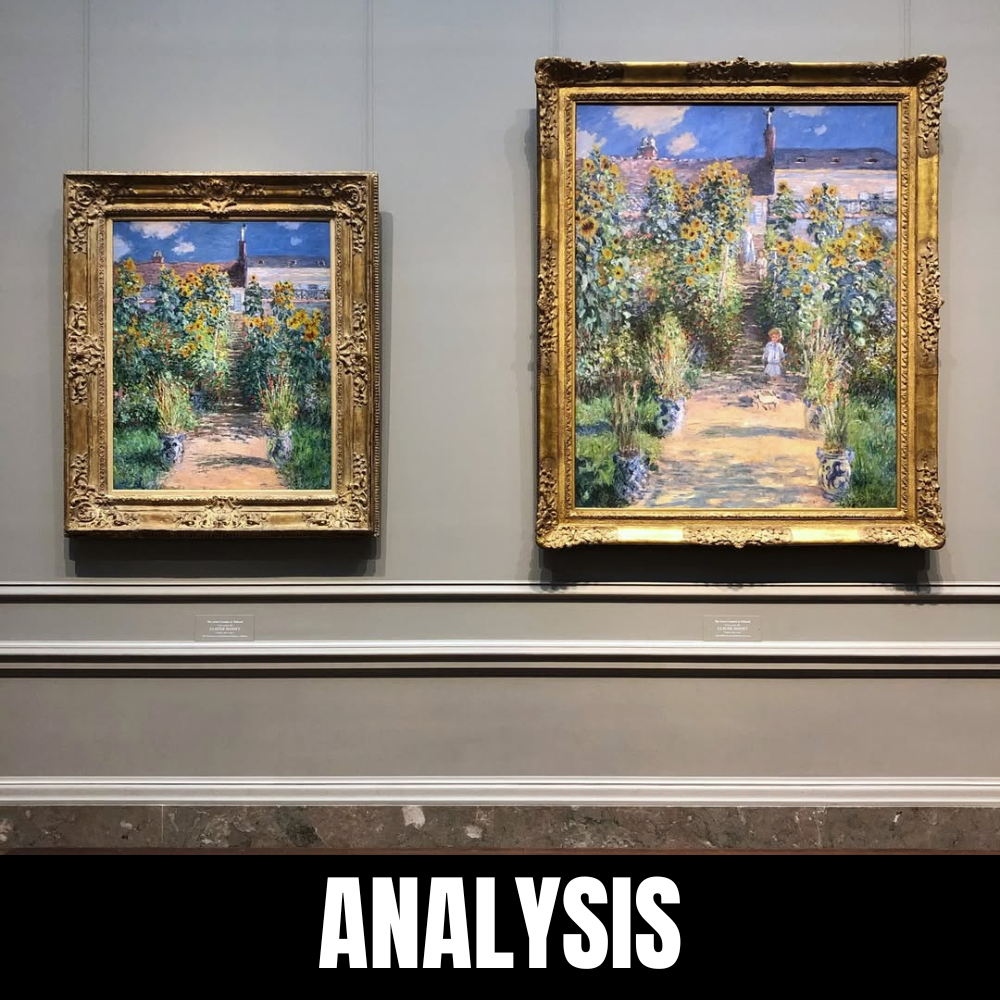
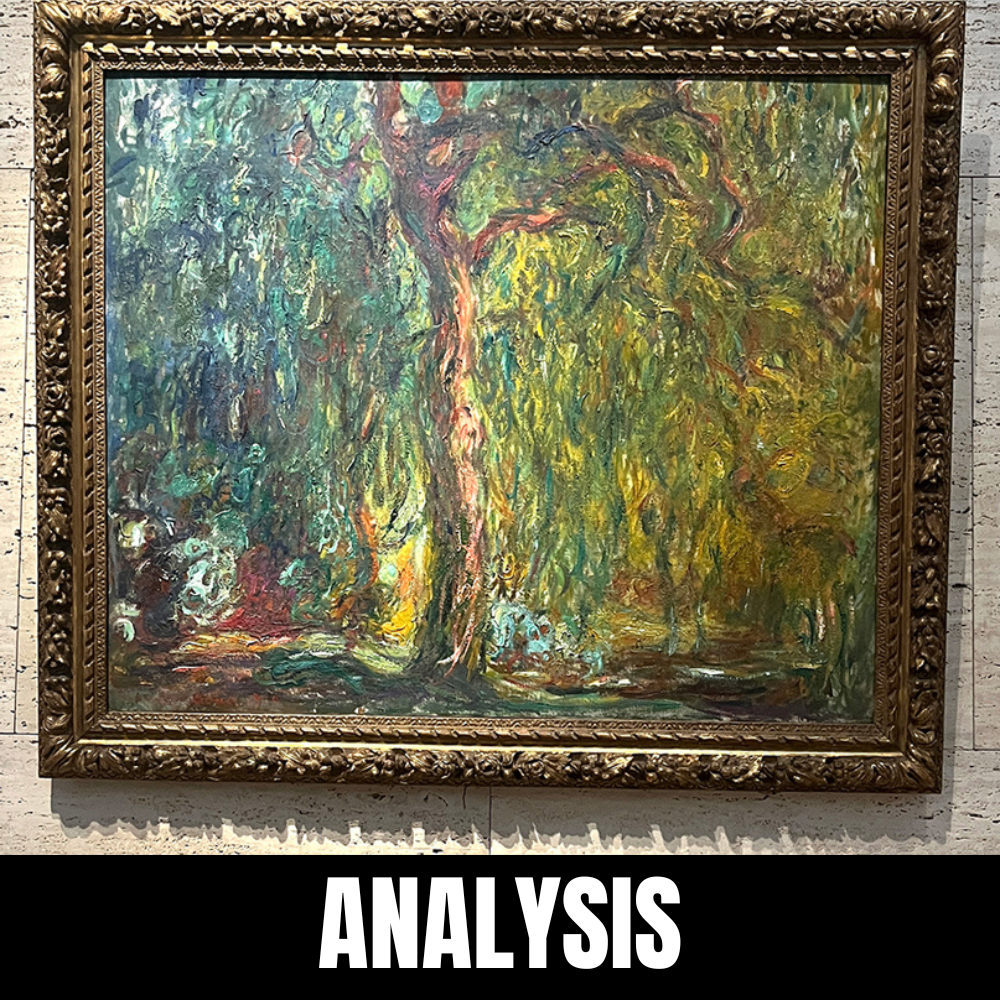
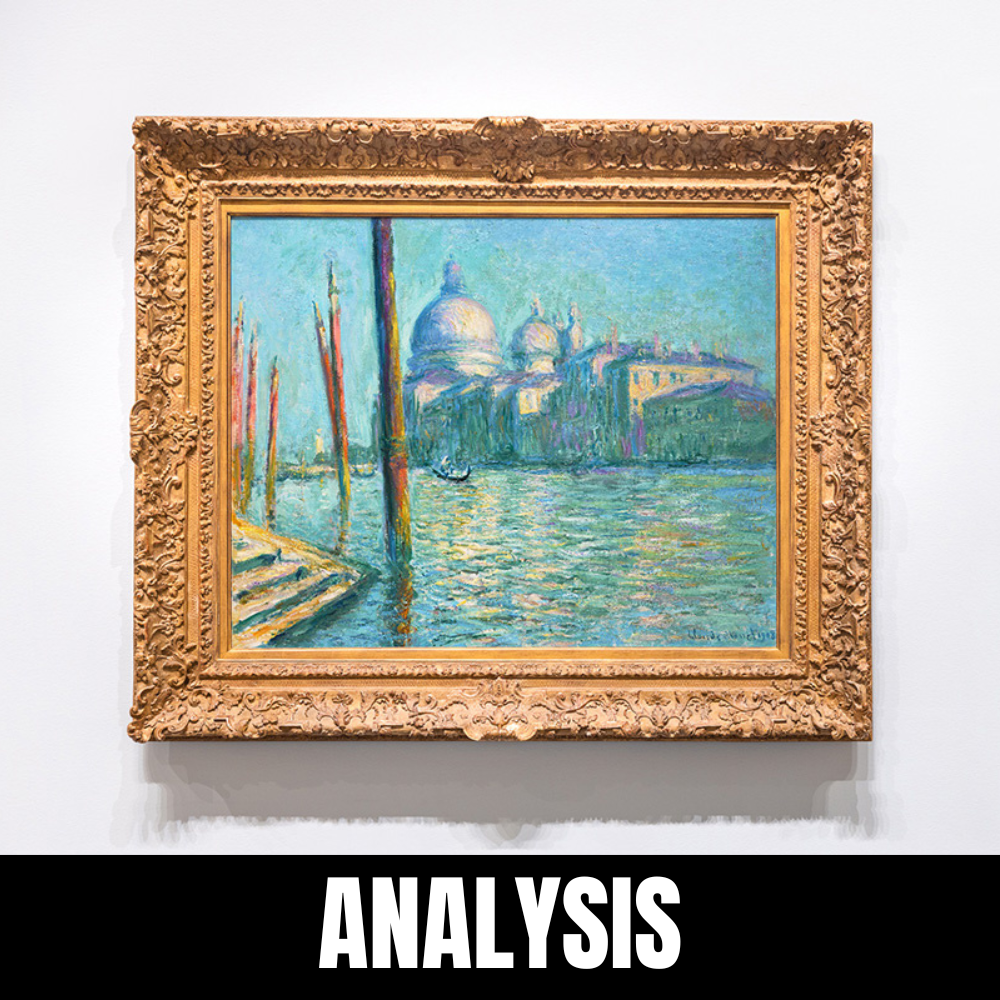
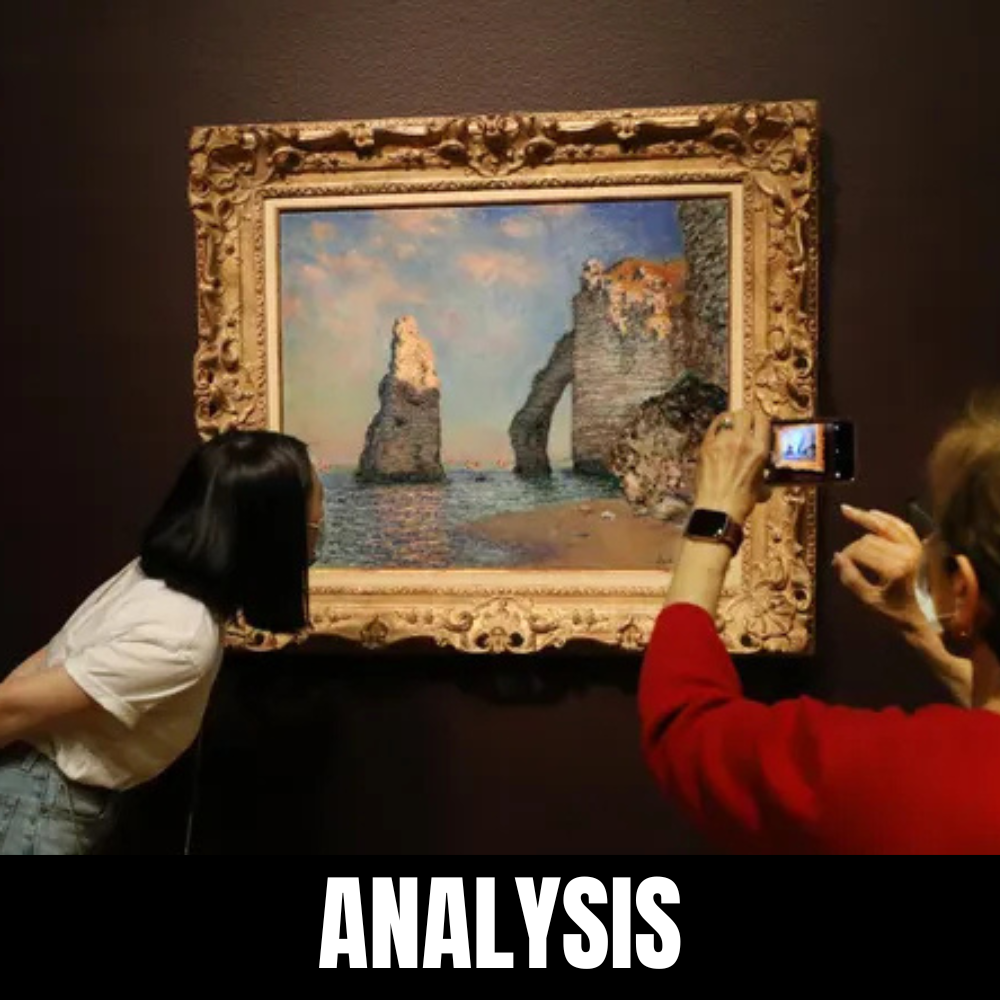
Leave a Reply